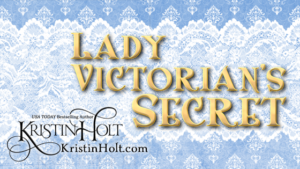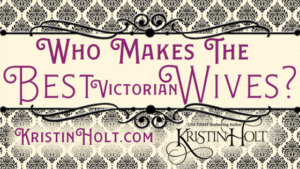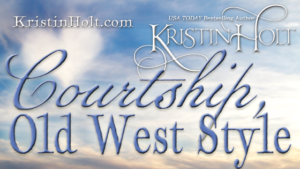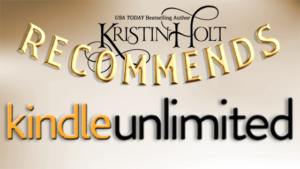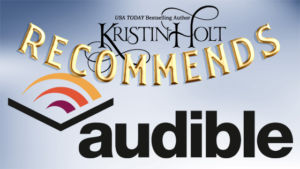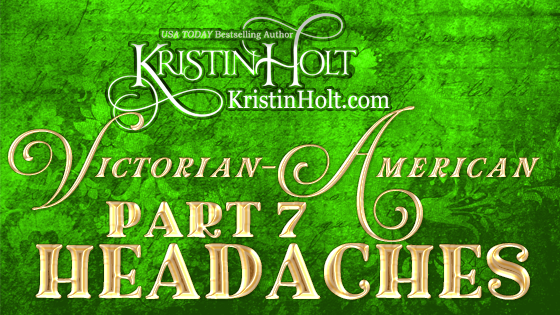
by Kristin Holt | Nov 23, 2020 | Articles
Beyond prescriptions (including “Doctor’s Own Patent Medicine” — we’ve seen a few of those in Part 4), what could osteopathic physicians and medical doctors do to alleviate their patients’ suffering from headache?
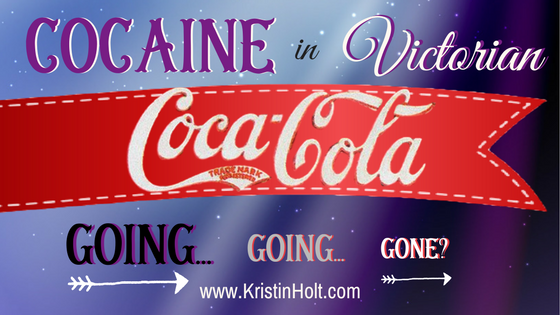
by Kristin Holt | Jul 11, 2017 | Articles
We know original Coca-Cola (debuted 1886) did have cocaine in it–and not “a trivial amount”. The product began as a replacement for coca wine (just what it sounds like), when temperance laws outlaws alcohol, and Pemberton needed a replacement vector for his coca leaves. Looking back at vintage sources, it’s easy to see when cocaine was removed from Coca-Cola, and how the owners ensured their not-yet-trademarked product remained protected. Numerous credible scientists analyzed the syrup (from various retail locations), swearing to Coca-Cola’s freedom from cocaine, but the attacks didn’t stop overnight. Decades later, Coca-Cola maintained its status as a substance-free “refreshing drink”, a 180° switch from its Patent Medicine beginning.
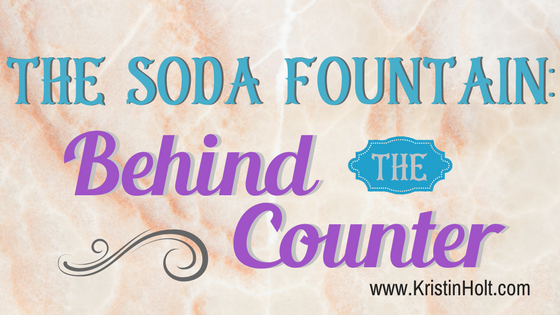
by Kristin Holt | Jun 26, 2017 | Articles
Behind the 19th century soda fountain counter, “baristas” known as Dispensers or Soda Men, knew a tremendous amount about customer service, the making of an ever-growing list of beverages, and the care and use of operating the soda apparatus. While other trained men mixed syrups, compounded recipes for everything from soda water to flavorings to syrups, and cleaned and repaired the machines, this article focuses on the Soda Men and their key role in the success of a Victorian-American Soda Fountain. This post is filled with primary-source recipes, tips for excellent customer service, and instructions to properly pour a soda water or ice cream soda.
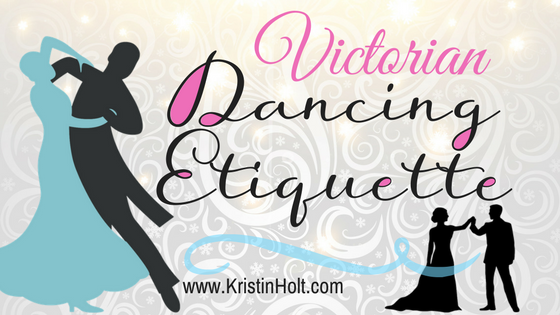
by Kristin Holt | Mar 9, 2017 | Articles
Etiquette governing balls and dances in the American Victorian era seems stuffy, old-fashioned, and strict to 21st century Americans. Every rule of decorum ensured good manners were in play, but most importantly, the moral purity and innocence of young women and young men were maintained. Etiquette governed everything from how a man asked a woman for a dance to how he could properly hold her hand while dancing, to how many dances that pair could have in one evening. This article contains the specifics propriety demanded, and the vintage sources where they may be found. Leap year turned some of the lady’s restrictions upon the men; see the true-to-history newspaper article from 1888 that starred in Sophia’s Leap-Year Courtship.

by Kristin Holt | Oct 29, 2016 | Articles
Victorian-era Americans enjoyed holidays–filled with patriotism, fun, remembrance, religion, and fashion. Halloween began far earlier than the 19th century, when All Hallows Eve was a sacred, religious observation. Come catch a glimpse of our Victorian American ancestors’ fun with Halloween: “Hallowe’en Cake” and its fortune telling methods, parlor games filled with superstition, phrasing for party invitations, historical cabinet cards of Victorian Halloween costumes, and more!







